Kashmir Crisis
In stock
The peculiar demographic landscape of J & K consists of three distinct geographical and ethnic groups with conflicting political aspirations. The solution must fulfill the legitimate economic, ethnic, social and political aspirations of people in different regions—Jammu, Ladakh and Kashmir. Kashmir continues to cause concern. Over the years, the problems have assumed dangerous proportions. A predominantly Muslim-populated state, J & K has become a hotbed of violence. India and Pakistan have fought as many as four wars, which did not serve any purpose, except wasting the two countries, miserably limited resources. The present situation in J & K is more volatile than ever. Terrorist incursions from across the border have plunged the state in uncertainty. With assembly elections round the corner, the terrorists are more active. Their aim is to create fear psychosis among voters. The Election Commission has asked the security forces to remain at a distance from the polling booths. There will be about 7,000 polling booths with an electorate of 5.6 million for the 87 member J & K Assembly. We only hope that the polls will be free and fair. All parties Hurriyat Conference has come to realise that it is a good policy to seize every opportunity for talks whenever and from wherever it comes. It is a happy development that the Hurriyat has agreed to enter into negotiations with the Kashmir Committee headed by former Union Law Minister Ram Jethamalani for ending the crisis in the valley. The most urgent subject today is the Hurriyat’s Participation in the coming Assembly elections, which the separatist conglomerate says is a closed chapter. Separatist leaders say that the elections cannot solve the Kashmir problem. However, they have agreed to exchange views with the Jethamalani—led committee because, as the Hurriyat has clarified, it is a private initiative having official backing. One hopes Mr. Jethamalani is finally successful in convincing the Hurriyat leadership to agree to test the electoral waters to substantiate its claim of being the real voice of the Kashmiri masses. This is the ideal time for the purpose when the stress is on holding a rigging-free election with greater participation of the people. The Abdullahs’ plea for more autonomy for J & K is being studied under the garb of devolution of more powers to the state. The Hurriyat’s participation in the polls, if at all it comes about, may brighten the atmosphere for a better climate I the valley. Widespread introspection and intense dialogue among the different sections of the J & K society is likely to pave beg for an amicable solution to the vexed Kashmir problem. The major political parties—Naitonal Conference, Congress and the BJP in the fray in the forth-coming September-October 2002, Jammu & Kashmir Assembly elections have already prepared the broad contours of their manifestos. The basic issue the National Council is projecting is greater Autonony. National Conference stresses that autonomy should not be misconceived as a prelude to azadi but a road map to improve the state’s federal character, a confidence-building exercise to win popular trust and understanding, and a means to showcase the state as a shining example of Indian secularism. As compared to its 1996 manifest to the new issue is that now it can tall the electorate that central government which had rejected autonomy resolution of the State Assembly, had been forced to appoint a committee with Arun Jaitley the Former Law Minister, as its Interlocutor, for dialogue devolution of greater power to the state. The Congress stand is that 1975 Indira Gandhi Sheikh Abdullah accord succeeded the previous arrangements and is relevant. The BJP is opposed to the grant of autonomy and is in favour of devolution of powers. The party is opposed to any measure that may weaken the integration of J & K with the Republic of Indian. However, these parties with varying emphasis and terminology, favour statutory regional councils that will give equitable political and financial powers to all the three regions—Jammu, Ladakh and Kashmir of the state. Reorganisation of J & K ought to be keeping in view the aspirations of the people for administrative purposes, all round development, maintaining the culture, traditions and the unity of the Republic of India to which the state inclusive of the occupied Kashmir, the state had law fully acceded and is its integral part.

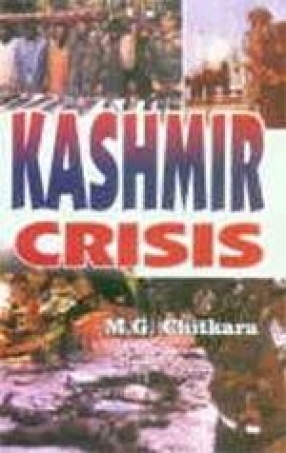
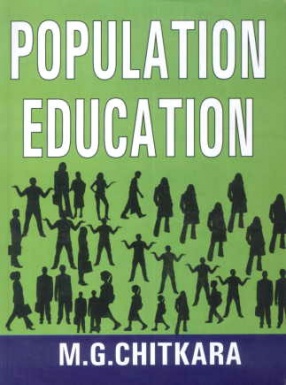

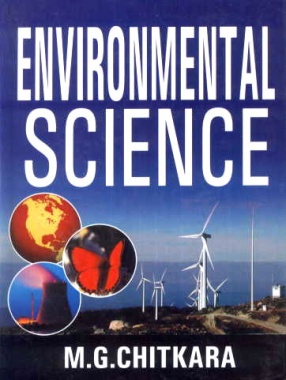
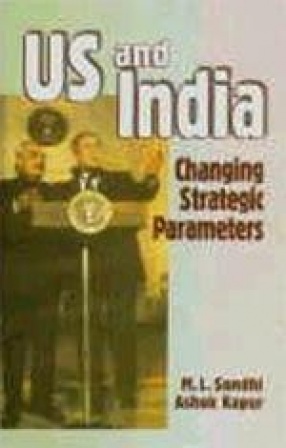
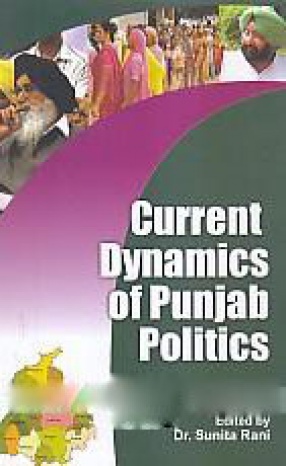
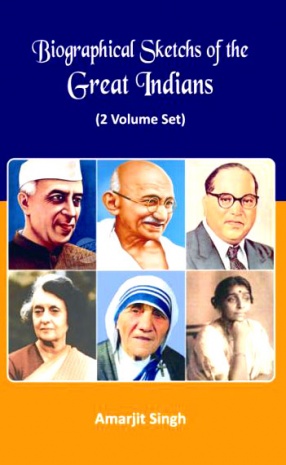
There are no reviews yet.